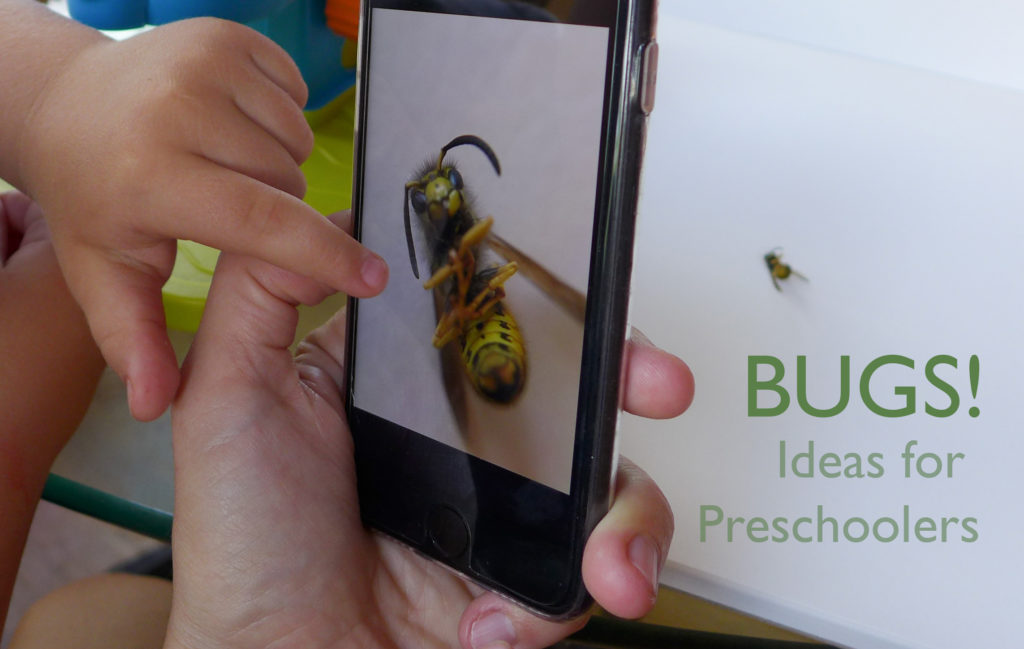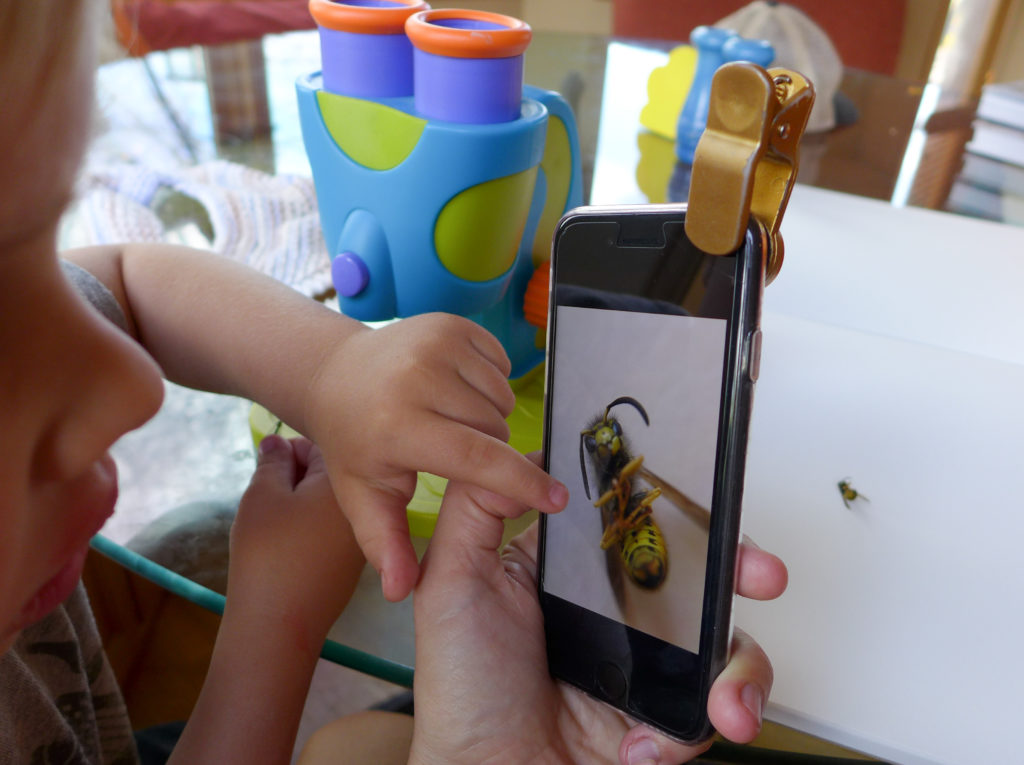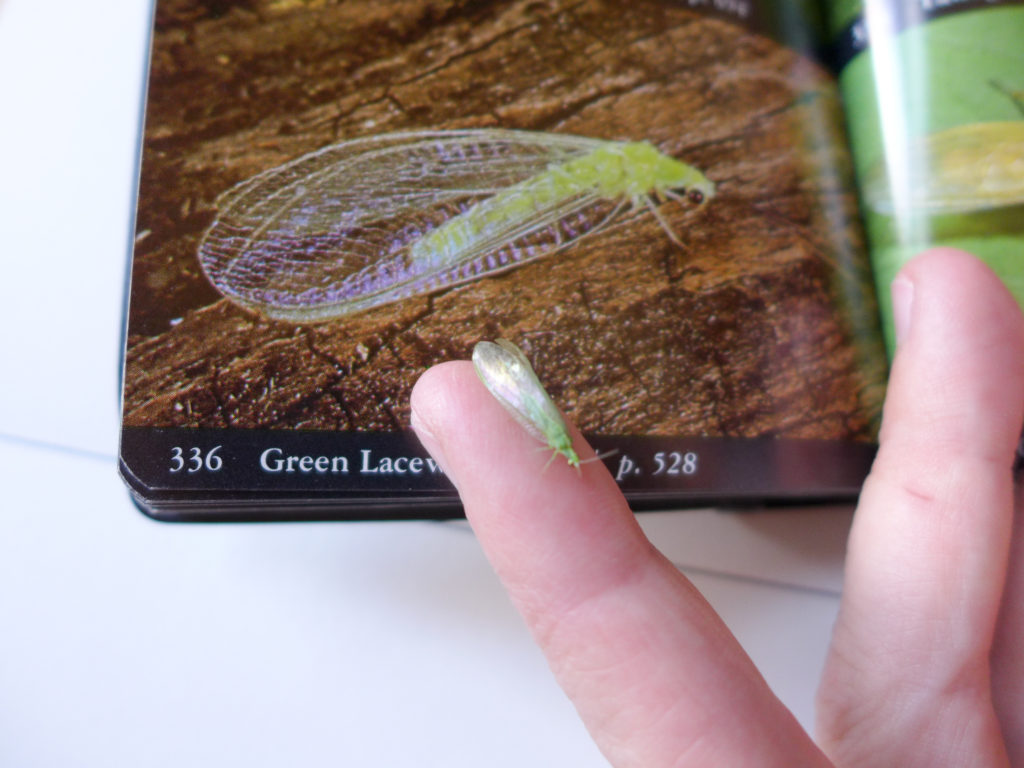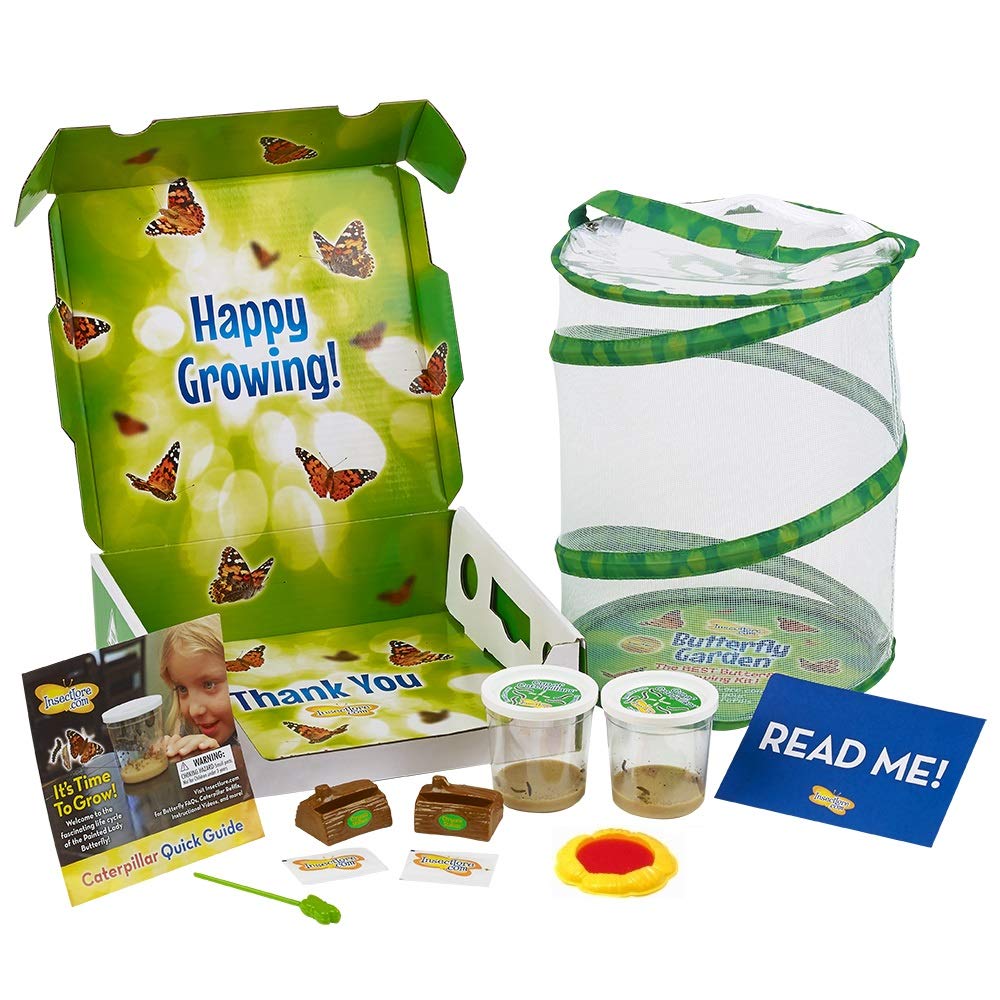I’m starting a new series on the blog to share some of the education adventures that the boys and I go on; you can read my introductory post here.

Mamas and Papas, I’ve decided that fall through spring is the perfect time to investigate bugs!
You’re confused, I know, but hear me out : I spend those seasons vacuuming up all sorts of insects in our house. There are stink bugs, green lacewings, some wasps, flies, and sometimes lady bugs. So, rather than toss the dead bugs in the trash, they are the perfect specimens for learning.

Have your kiddos collect a bunch of bugs, and then start asking them probing questions that get them observing.
- You could start with an open-ended : What do the bugs look like?
- And then get more specific : What color are they?
- How many legs do they have?
- How many wings?
- If you’ve found more than one variety : How are the bugs different or the same?
- And then you could build curiosity: How did they get in the house?
I try not to hammer them with questions. Instead, I like to sit back and let them explore, but the questions can help to get them thinking and/or they’re just handy to have in mind if you’re having a conversation about the insects and want to keep it going.

Introduce your kids to scientific tools. We have a few magnifying glasses and the kids’ microscope that you see in the photo above. We also happened upon a super easy trick – use a macro lens on your phone to shoot a zoom-in photo of the insects. If your kids are like mine, they will be amazed at the detail! While they love using their tools, I’ve found that the tools don’t come with the strongest lenses and it can be hard for shaky/excited hands to keep everything in focus. Using the macro photograph is one of the easiest ways to expand your kids’ awe and curiosity about bugs – they can’t believe all of the details that are on the bug sitting there on the table (the fuzzy hairs, the patterns that just looked like stripes now are something else, etc.).
For better or worse, seeing the bugs magnified to this level makes it easier to anthropomorphize the insects, which can lead to some awesome learning conversations. My guys like to talk about the bugs families, what the different members of the family do, where they get their food, etc. And then this can lead to more detailed discussions about the social structure of some bugs, their lifecycle, the predator/prey relationships, and on and on.
When it comes to bug-related tools, we have a bug box that’s handy when we’re catching and analyzing live insects.

We also like to pull out the insect field guides to look up the insects we’ve found. The first time I pulled out this book, Alex went bonkers! He couldn’t believe all of the different insects that were in the book. So, I gave him plenty of time to just browse the book. Then we narrowed in on the insects we had, once we were on the right page, I had him find the specific insect, and then we read about them.

My goal is for us to do activities like this over and over again whenever the interest arises, with the intent to increase the boys’ depth of knowledge each time. Some examples include teaching them the correct names of insect parts, the lifecycle of the insect, their role in the ecosystem. And here are a few other simple ideas for extending this activity:
- draw pictures of the insects
- discuss and paint a picture of their habitat
- visit the insect exhibits at your local natural history museum
- during the summer, we like to start by catching some bugs in the garden! This is one of the easiest ways to discuss the insects’ role in the ecosystem, their preferred habitat, and food. We don’t kill them, but we are still able to carry out a variety of the activities above, and this is where having the bug box is key to keeping your live specimens in one place.

… want to make their bug observations really come alive? You could order butterfly or ladybug larvae, raise them to adults, and release them in your backyard!
If you’re a bug lover, a parent, or just someone with an idea, I’d love to hear from you! Do you have any other ideas for introducing kids to insects? Do you have any favorite insect facts?
